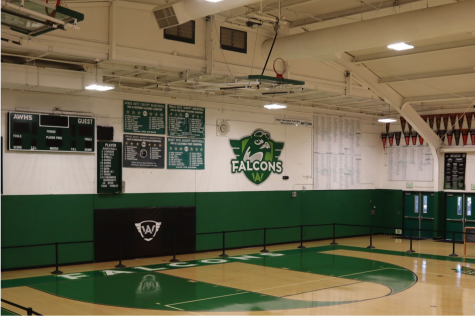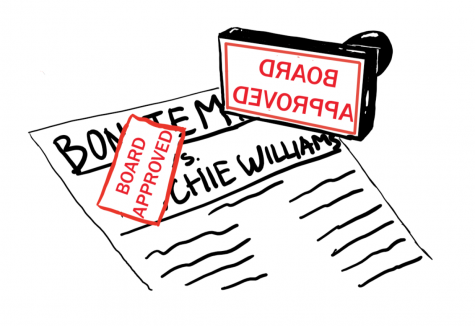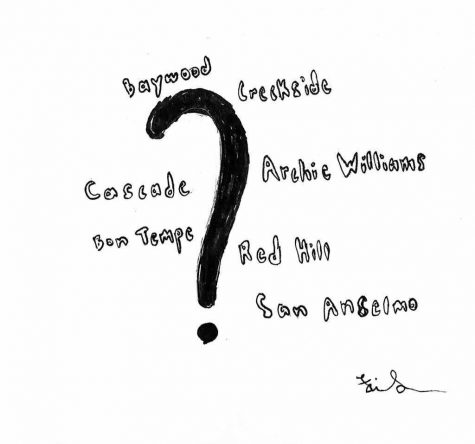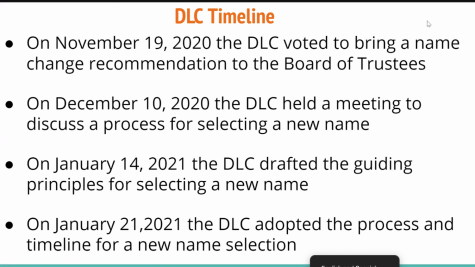District abandons rubber turf, health risks remain unclear
For years the Tam District community has been using fields that allegedly pose serious health risks. Is this true, and is there a better option?
After installing a non-toxic cork-based infill on several of its athletic fields, the district is gradually doing away with ground-up car tires, or “crumb rubber,” according to David O’Connor, the district’s Director of Maintenance and operations.
O’Connor has overseen the athletic fields since before the first cork mix was installed at the Drake football field. “When we did the Drake football field there was a lot of input from the community, and in many ways, they were the driving force behind examining an organic material,” said O’Connor.
Community feedback about the crumb rubber came mostly in the form of environmental and health concerns. Families expressed concern about the synthetic material getting into creeks and streams and the effects that chemicals within the rubber could have on children and others using the fields. Although no credible study has been published that explicitly exhibits health issues caused by the material, there is some evidence to suggest they exist.
In a study by Environment and Human Health Inc. that recorded cancers in athletes who played on turf fields, 59 percent of the soccer players who got cancer were goalkeepers. This is despite the fact that goalkeepers only make up about 10 percent of the soccer team. Goalkeepers are the most exposed to the field’s synthetic material because they are diving and rolling on the ground more than other players. This suggests a correlation, according to the study, between exposure to crumb rubber and health risks.
Another study being conducted by the U.S. Environmental Protection Agency (EPA) and the Agency for Toxic Substances and Disease Registry (ATSDR) about the health risks of crumb rubber was expected to clear up some of the controversies, but that most likely won’t happen any time soon.
In July 2019 these two agencies released a report that “summarizes the research effort to characterize tire crumb rubber, which includes characterizing the components of, and emissions from, recycled tire crumb rubber.”
This report is only part one of a two-part report meant to examine the contents of crumb rubber (part one), and the extent to which humans are exposed to chemicals in the crumb rubber (part two). According to the EPA, part two “is to be released at a later date” with no date specified and that “when combined, Part [One] and Part [Two] will not constitute a risk assessment.” Essentially, even after the release of part two, no official report on the health risks of crumb rubber will have been published.
Part one of this report does, however, confirm the presence of Volatile Organic Compounds (VOCs) in the crumb rubber. VOCs are high-pressure organic chemicals that can occur naturally or be human-made. “As those ground-up car tires sit there for 10 years in the hot sun, they’re outgassing all these VOCs.” said Drake Environmental Science and Physics teacher Barton Clark. Harmful VOCs like benzene and styrene when ingested can irritate the eyes, nose, and throat and can also cause nausea and headaches.
Human-made VOCs have also been associated with respiratory diseases like asthma in children, and even cancer in some cases. The extent to which VOCs in crumb rubber can harm humans depends on the amount of exposure to chemicals humans receive. This is what the EPA/ATSDR study has yet to disclose.
Clark is a proponent of using natural grass, but he prefers the non-toxic infill to the crumb rubber. “Students would complain all the time about feeling dizzy and nauseous,” said Clark, referring to the Drake football field before it was renovated. “Basically, a whole community awareness campaign began; parents came to the board meetings and finally the board agreed to spend the extra million, literally, to go to the non-toxic mix which is the cork and sand.”
Clark believes that the district administration recognizes the community’s wishes for a non-toxic infill material. “I would argue the precedent has been set. There is no community of parents that are aware of what’s going on that willingly accept the ground-up car tires anymore,” said Clark.
This is true. O’Connor claims that although no resolution has passed that specifically bans any future use of crumb rubber infill, further replacements or installations won’t continue with the synthetic material. The Drake baseball field is the next to undergo changes. It is set to have a non-toxic infill installed this summer.
“I don’t believe we’ll ever go back to a synthetic product. It will always be organic. With the feedback we had and the process we went through, it’s just the better way to go.” said O’Connor.






